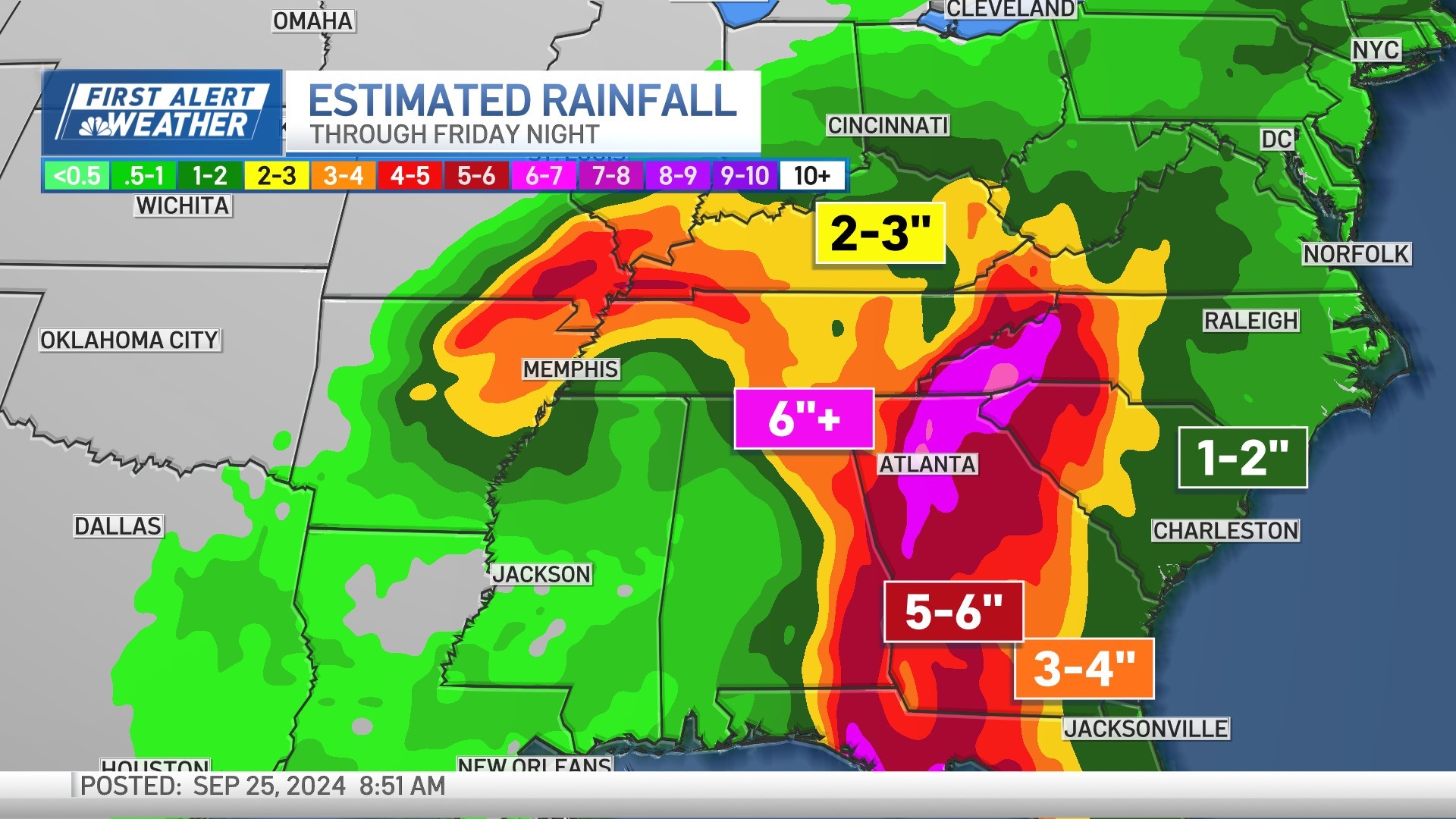
Now that fall has officially arrived and we are nearing the month of October, it’s time to think about the inevitable -- winter.
The question us meteorologists start getting this time of the year: “How tall of a snow stick do I need?” Immediately followed by: “Do I need my snowblower?” In other words, “How much snow will we get?"
WATCH ANYTIME FOR FREE
Stream NBC10 Boston news for free, 24/7, wherever you are. |
To say it’s complicated is an understatement, and it’s just too early to give a really specific seasonal forecast.
One guide we use at this point in the fall is the Climate Prediction Center’s guidance on temperature and precipitation outlooks for the months of Meteorological Winter (December, January, and February). We expect a 40-50% chance of above normal temperatures for all of New England.
Get updates on what's happening in Boston to your inbox. Sign up for our News Headlines newsletter.


As for our precipitation, we expect equal chances of above, near, or below normal precipitation across southern New England, with a 33-40% chance for above normal precipitation in western Massachusetts and for all of Maine, New Hampshire and Vermont.


The thing about this forecast is that it does not explain anything about precipitation type or number of storms. However, this outlook does point to the idea that we may see more mixed storm systems with rain or ice and snow due to temperatures likely running warmer than usual.
But we need to wait to see how our hurricane season pans out, as we are in the climatological peak of the Atlantic Hurricane season. Plus, we expect colder than normal sea surface temps (La Nina) to develop in the Pacific, and this has an effect on our patterns for winter time. There is a 71% chance for a La Nina to emerge between September-November and it’s anticipated to persist until January-March 2025.
This anomaly can cause colder and snowier winters in New England, with the strength affecting snowfall amounts. Stronger La Nina years tend to produce less snow here.
Stay tuned for more of a First Alert team outlook as winter approaches.



